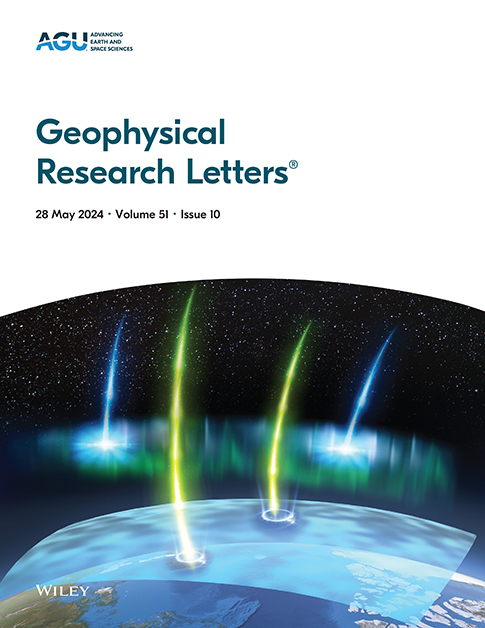ENSO对热带气旋快速增强的全球影响
IF 4.6
1区 地球科学
Q1 GEOSCIENCES, MULTIDISCIPLINARY
引用次数: 0
摘要
热带气旋快速增强是热带气旋预报的主要不确定性来源。在这里,我们研究了观测到的RI与El Niño-Southern涛动(ENSO)之间的盆地特异性关系,其中RI被定义为24小时内TC增强≥30 kt。El Niño期间,北太平洋东部、北太平洋西部和南太平洋的RI事件数量显著增加,北大西洋则相反。在La Niña期间,大西洋和太平洋的RI发生变化与El Niño大致相反。enso -印度洋RI关系较弱。这些变化与调节RI的环境条件一致,包括中层湿度、垂直风切变、海面温度和势强。由于最近观测到的类似拉尼娜的趋势与气候模式模拟的El Niño-like趋势之间存在分歧,改进ENSO模式表示可以减少未来RI预估的不确定性。本文章由计算机程序翻译,如有差异,请以英文原文为准。
The Global Influence of ENSO on Rapid Intensification of Tropical Cyclones
Tropical cyclone (TC) rapid intensification (RI) is a major source of uncertainty in TC prediction. Here we examine observed basin-specific relationships between RI and El Niño-Southern Oscillation (ENSO), where RI is defined as a TC strengthening by ≥30 kt within 24 hr. During El Niño, the number of RI events significantly increases in the eastern North Pacific, western North Pacific and South Pacific, with the opposite behavior in the North Atlantic. During La Niña, changes in RI occurrence in the Atlantic and Pacific are approximately opposite as in El Niño. The ENSO–Indian Ocean RI relationship is weak. These changes are consistent with environmental conditions modulating RI, including mid-level moisture, vertical wind shear, sea surface temperatures and potential intensity. Because of disagreement between the recently observed La Nina-like trend and an El Niño-like trend simulated by climate models, improved model representation of ENSO could reduce future uncertainty in RI projections.
求助全文
通过发布文献求助,成功后即可免费获取论文全文。
去求助
来源期刊

Geophysical Research Letters
地学-地球科学综合
CiteScore
9.00
自引率
9.60%
发文量
1588
审稿时长
2.2 months
期刊介绍:
Geophysical Research Letters (GRL) publishes high-impact, innovative, and timely research on major scientific advances in all the major geoscience disciplines. Papers are communications-length articles and should have broad and immediate implications in their discipline or across the geosciences. GRLmaintains the fastest turn-around of all high-impact publications in the geosciences and works closely with authors to ensure broad visibility of top papers.
 求助内容:
求助内容: 应助结果提醒方式:
应助结果提醒方式:


